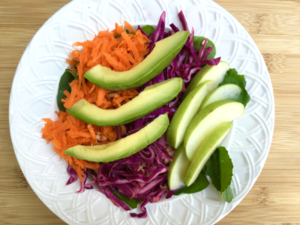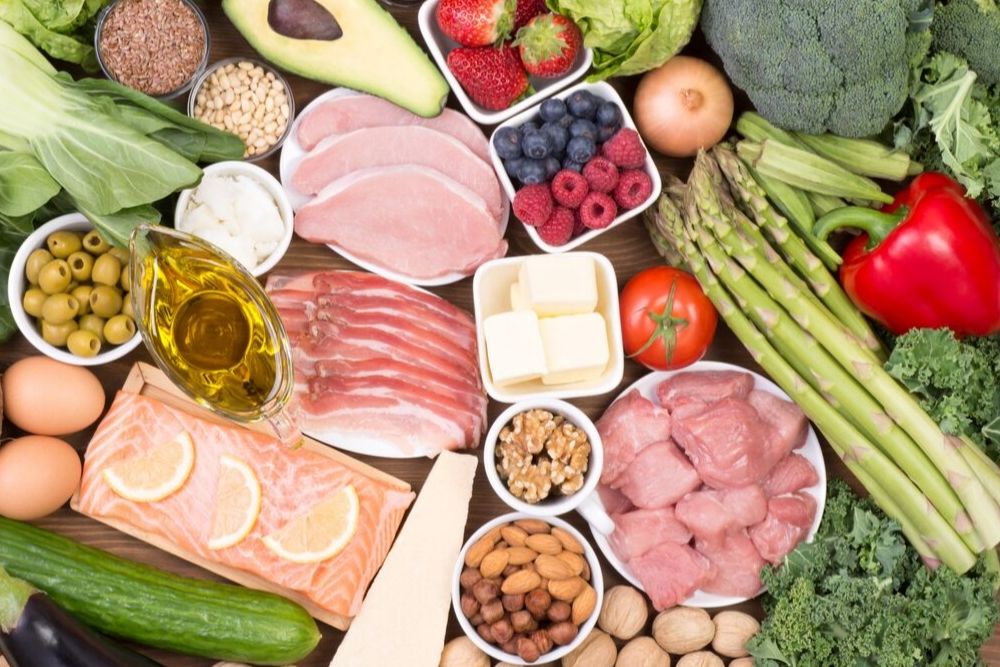The word diet actually refers to what a person eats or drinks during a day; our body weight is the result of what and how much we eat and drink. Mainstream society views the word diet as meaning a restriction of foods for a specific certain amount of time to achieve the desired result.
For a diet (in the real sense of the word) to be ideal, it must be nutritionally balanced. It must include a wide variety of foods with enough calories and nutrients. It should be a plan that should be easy to follow so that one can maintain it consistently throughout life.
You Need a Plan
As we all know, negligent and mismanaged eating habits can lead to multiple health problems, but obesity, in particular, plagues people globally. It is the primary cause of diseases like diabetes, heart attacks, different types of cancer, osteoarthritis, etc. My goal as a board-certified nutritionist is to help you put together a SUSTAINABLE plan that will eliminate the likelihood of these major diseases as well as obesity. I like a low carb diet, not a NO carb or keto diet, as they are much harder to sustain.
Why a Low Carb Diet?
The low carbohydrate or low carb diet typically contains fewer carbohydrates and an increased proportion of vegetables and healthy fats. Protein should stay the same (about the size of your palm). It is recommended for people who are obese, diabetic (stabilizes blood sugar), those with high cholesterol levels, high blood pressure, and hypoglycemia. Excess intake of carbohydrates often results in weight gain. These carbs are absorbed as sugar in the small intestine, and the liver will store that extra sugar as, you guessed it, fat. Moreover, a low carb diet can be beneficial as it promotes a decreased amount of insulin production and uses healthy fat as an energy source.
What is a Low Carb Diet?
Various components of a low carb diets include saturated fat, like stearic acid, found in beef and other fats including coconut oil, olive oil, butter, cheese, lard, fish oil, tallow, palm kernel oil, peanut oil, and flaxseed oil with limited amounts of clean meats or other proteins, and an unlimited amount of non-starchy vegetables. A good supplement of vitamin and minerals is also recommended.
One Day at a Time
As the saying goes, slow and steady wins the race. And while I advocate a clean eating lifestyle, incorporating a low carb plan for initial weight loss can prove to be extremely beneficial and effective.
RECIPE ![]()

SPICY FALL SLAW
Makes 4 servings
1 cup purple cabbage, thinly sliced
1 cup carrots, grated
¼ cup red onion, thinly sliced
1 apple, sliced
1-inch piece ginger, peeled and grated
Juice from 1 lemon
1 tablespoon Bragg’s raw apple cider vinegar
Sea salt and black pepper to taste
2 tablespoons extra-virgin olive oil
Add all the ingredients to a large mixing bowl. Massage the vegetables using clean hands to help the vegetables wilt. Adjust the seasoning to your tastes. Allow the slaw to marinate in the refrigerator for at least 15 minutes before serving.
Top with 1 avocado along with your choice of protein, if desired.
To Your Health,
Patti






